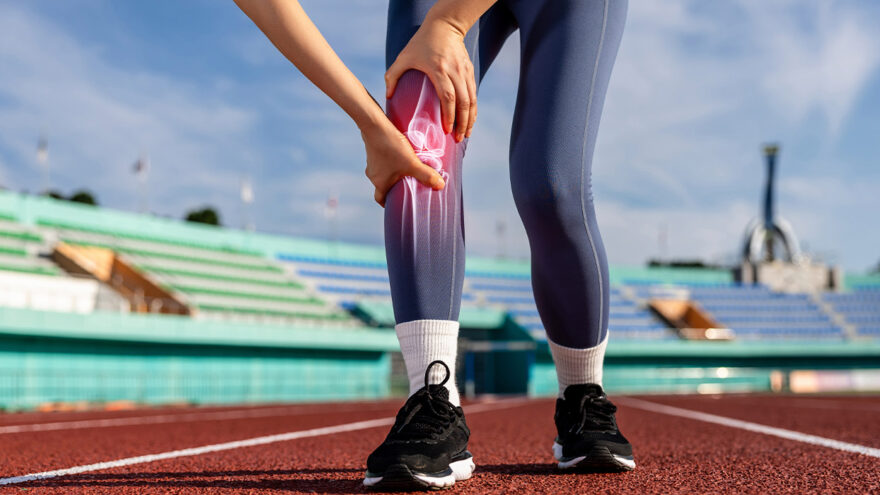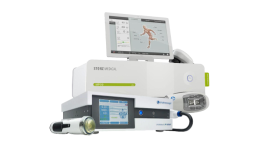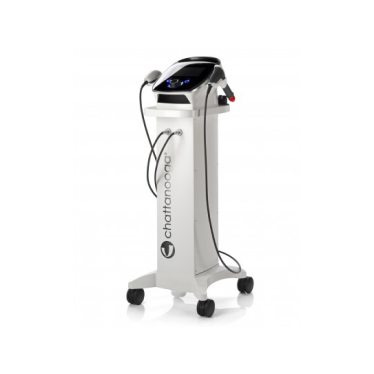As autumn leaves begin to fall, millions of student-athletes and fitness enthusiasts return to playing fields across the country. This seasonal transition brings a significant spike in sports participation, from football and soccer to cross-country running and hiking on outdoor trails. Unfortunately, with increased activity comes heightened injury risk, especially during the first 6-8 weeks of fall sports seasons when training intensity rapidly increases.
The fall season’s cooler temperatures, wet surfaces, and changing conditions create perfect conditions for common injuries, including:
- Muscle strains and ligament sprains
- Tendinopathies (especially Achilles and patellar)
- Overuse conditions from repetitive training
- Joint pain in the knees, ankles, and shoulders
In response to these seasonal challenges, more athletes are turning to at-home recovery solutions. Shockwave therapy devices, once available only in clinical settings, have gained popularity as accessible, non-invasive tools for accelerating healing and preventing re-injury. These devices offer a promising approach for athletes looking to maintain performance while navigating the demanding fall sports season.
Exploring Shockwave Therapy: How It Works and Its Benefits
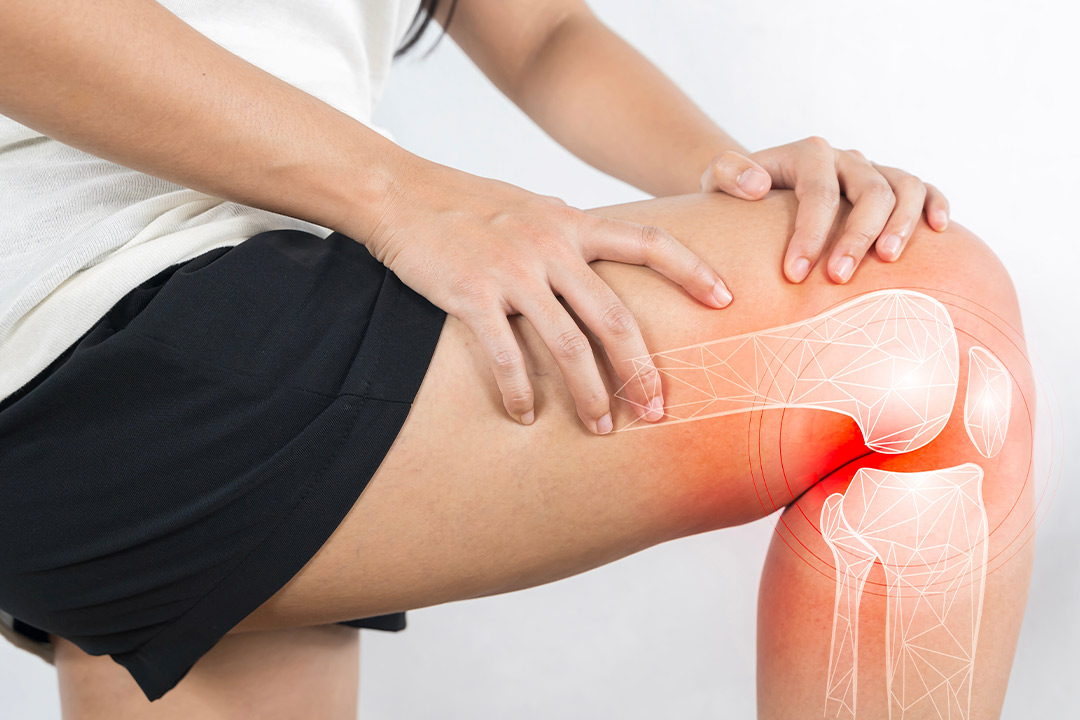
Shockwave therapy, or Extracorporeal Shock Wave Therapy (ESWT), is a non-invasive treatment that harnesses high-energy sound waves to stimulate the body’s natural healing processes. This innovative technology has evolved into a powerful tool for treating musculoskeletal conditions. Some describe the sensation as similar to a deep tissue massage or a “little jackhammer” that works beneath the skin’s surface.
ESWT works by creating controlled microtrauma in targeted tissues, triggering the body’s healing response. This speeds up the healing process by increasing blood flow, accelerating cell regeneration, enhancing collagen production, and breaking down problematic scar tissue.
There are two primary types of shockwave therapy:
- Focused Shockwave Therapy: Delivers deep-penetrating waves to precise areas, making it ideal for chronic pain and deep-tissue injuries.
- Radial Shockwave Therapy: Covers a broader, more superficial area, suitable for general muscle soreness and larger treatment zones.
ESWT effectively treats numerous conditions common in fall sports, including:
- Plantar fasciitis (heel pain)
- Achilles tendonitis
- Tennis or golfer’s elbow
- Rotator cuff injuries
- Muscle strains and joint pain
- Stress fractures
For fall athletes, shockwave therapy offers significant advantages over traditional recovery methods. While conventional approaches like RICE (Rest, Ice, Compression, Elevation) and anti-inflammatory medications primarily manage symptoms, ESWT addresses underlying tissue damage and accelerates healing. Benefits include shorter recovery times, reduced pain medication dependency, and better long-term outcomes with minimal side effects.
Choosing and Using At-Home Shockwave Therapy Devices Safely
As fall sports seasons intensify, having access to effective recovery tools becomes essential. When considering a shockwave therapy machine for home use, several key factors should guide your decision-making process to ensure both effectiveness and safety.
These considerations apply not only to athletes and individuals seeking self-care solutions but also to therapists who wish to provide convenient, home-based treatments for their clients.
Essential Selection Criteria
| Selection Factor | Why It Matters |
| FDA Clearance & Safety Certifications | Ensures the device meets established safety and efficacy standards |
| Adjustable Settings | Allows customization for different conditions and body areas |
| Portability & Design | Lightweight, compact designs make regular use more convenient |
| Manufacturer Reputation | Established brands typically offer better reliability and support |
The importance of FDA clearance cannot be overstated, as it guarantees the device meets safety and efficacy standards. However, it’s essential to recognize that some home devices may not match the power and precision of professional-grade equipment used in clinical settings.
For individuals seeking convenient at-home options, several devices stand out for their balance of effectiveness, usability, and portability. Below are some of the top-rated home-use shockwave therapy devices worth considering:
Top Home-Use Shockwave Therapy Devices
| Device | Key Features | Best For |
| PhysioLITE III | Adjustable energy (1.0-4.0 bar), frequency (1-21 Hz), weighs only 2.2 kg | Muscle and joint pain, portability |
| Dissite Shockwave | Versatile settings, user-friendly interface | Multiple treatment areas, beginners |
| UltraCare Pro UCP-ESWT-P1 | Compact design, multiple applicator heads | Travel-friendly, versatile applications |
For example, the PhysioLITE III stands out for its portability and adjustability. Weighing only 2.2 kg, it’s one of the lightest options available, making it ideal for home use during the busy fall sports season.
While this convenience makes it appealing, it’s important to remember that each product’s features, as energy levels, frequency settings, and included applicator heads, should be carefully researched to align with your specific treatment needs and goals.
Safety Considerations for Home Use
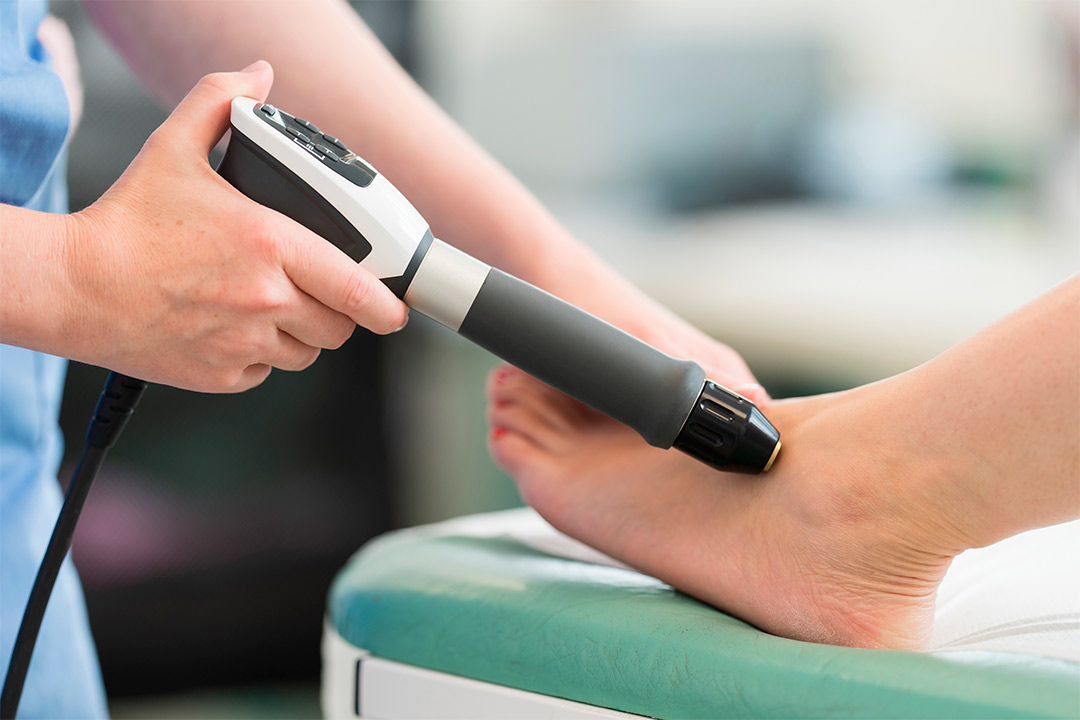
To maximize benefits while minimizing risks, follow these essential safety guidelines:
- Consult with a healthcare professional before starting treatment
- Complete proper training on device operation
- Follow the manufacturer’s instructions carefully
- Avoid overuse; more is not always better
- Be aware of potential side effects, such as mild discomfort or bruising
Most treatment sessions typically last about 15 minutes, with most patients needing only 2-3 treatments for complete healing. It’s advisable to avoid anti-inflammatory medications post-treatment as they can interfere with the healing process initiated by shockwave therapy.
To maximize the benefits of shockwave therapy, athletes and patients often follow structured treatment protocols tailored to their activity level and recovery needs. The table below outlines recommended timing and purposes for different scenarios:
Shockwave Therapy Scheduling Guide
This guide outlines recommended shockwave therapy schedules for different stages of the sports season.
| Timing | Recommended Protocol | Purpose |
| Pre-Season | 1-2 sessions per week for 2-3 weeks before the competition | Condition tissues, prevent early-season injuries |
| In-Season Maintenance | Weekly or biweekly treatments | Support recovery during peak intensity periods |
| Post-Event Recovery | Immediate application after games or tournaments | Minimize soreness and inflammation |
| Injury Treatment | 1-2 sessions per week for 3-4 weeks | Accelerate healing of acute issues |
These protocols can be particularly effective for fall athletes dealing with common seasonal injuries, as they provide structured recovery support throughout the competitive season.
By carefully selecting the right device and following proper usage guidelines, athletes can safely incorporate shockwave therapy into their fall recovery routines, potentially reducing downtime and enhancing performance throughout the season.
Maximizing Recovery and Preventing Injuries During Fall Sports
The fall sports season demands a comprehensive approach to injury prevention and recovery. At-home shockwave therapy is most effective when combined with other preventive strategies to form a comprehensive care system for athletes. Key complementary practices include:
- Strategic Warm-ups and Cool-downs: Proper preparation before activity and recovery afterward reduces the risk of injury, especially on cooler fall days when muscles may tighten more quickly.
- Targeted Strength Training: Strengthening muscles around vulnerable joints helps prevent common fall sports injuries. Focus on ankle stability, knee support, and core strength for maximum protection.
- Technique Refinement: Many fall injuries result from improper form. Regular technique assessment can prevent the overuse injuries that account for nearly 30% of all youth sports injuries.
- Rest and Recovery: Allow adequate downtime between shockwave treatments and intense training sessions. Early-season training presents the highest injury risk, particularly in the first 6-8 weeks of competition.
Monitoring Progress and Adjusting Treatment
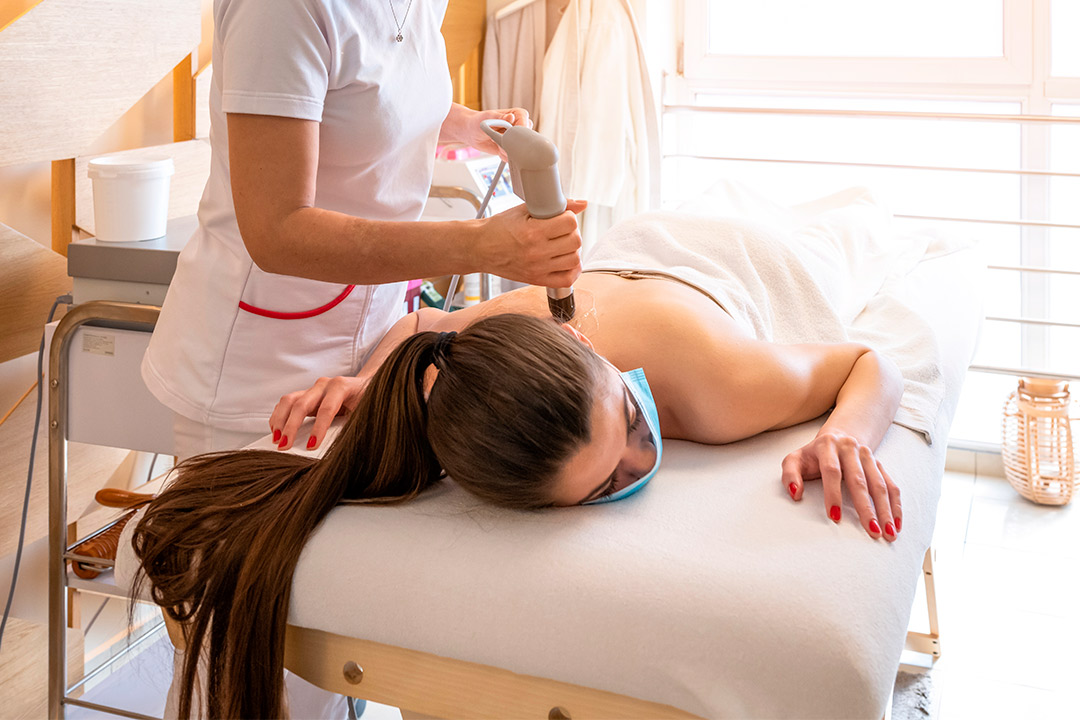
Track your response to shockwave therapy and adjust as needed. Consider following established protocols as set in the table Shockwave Therapy Scheduling Guide above. Importantly, avoid anti-inflammatory medications after treatment as they can interfere with the healing process initiated by the therapy.
Know When to Seek Medical Attention
While at-home shockwave therapy can effectively treat many conditions, it recognizes its limitations. Seek immediate medical attention for:
- Severe pain that doesn’t improve with rest
- Visible deformities or inability to bear weight
- Significant swelling or bruising
- Pain that worsens during or after shockwave therapy
The fall season brings unique challenges with weather changes, falling debris, and reduced daylight hours all contributing to increased injury risk.
With proper implementation, at-home shockwave therapy can become a cornerstone of your fall sports recovery strategy, potentially reducing recovery times by up to 50% and lowering injury recurrence by 30-40% . By combining this therapy with preventive measures and knowing when to seek professional care, athletes can safely navigate the fall sports season while maintaining peak performance.
Invest in Smarter Recovery
Discover the power of at-home shockwave therapy with Shockwave Source. Whether you’re a student-athlete preparing for the sports season, someone seeking relief from musculoskeletal pain, or a therapist looking for reliable tools to support your patients, our range of shockwave therapy machines offers effective, non-invasive solutions. These devices are designed to enhance recovery, improve circulation, and prevent further strain, all from the comfort of home or clinic use.
With various options, you can customize treatments to meet individual needs. Experience the convenience, versatility, and cost-effectiveness of modern shockwave therapy today. Explore our top picks for home-use shockwave therapy machines now!

